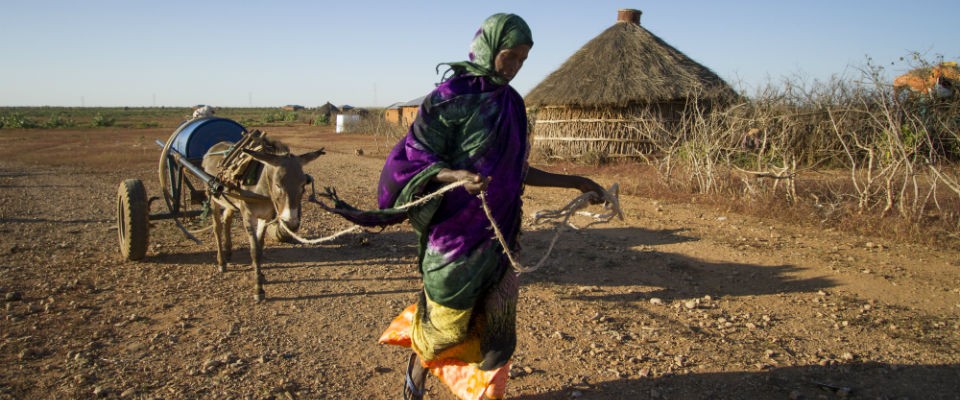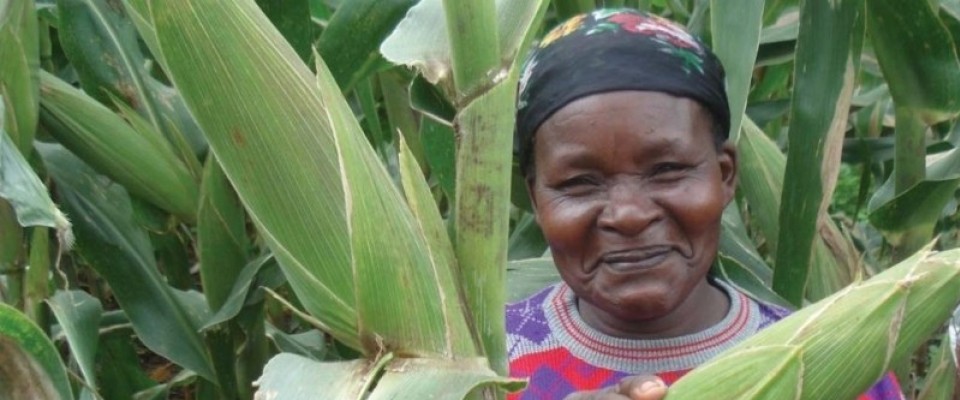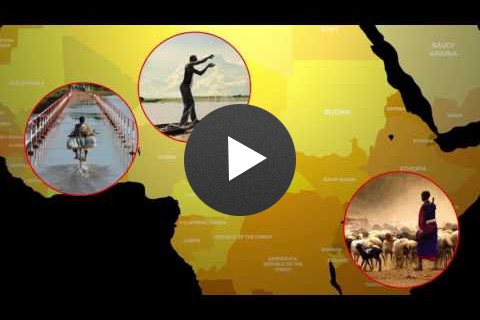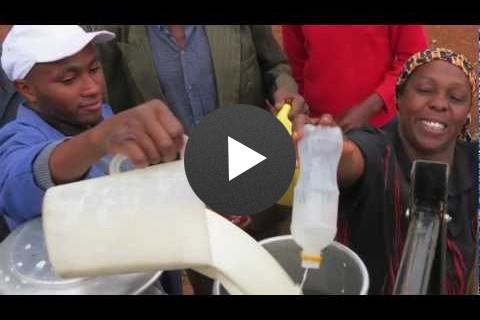- What We Do
- Agriculture and Food Security
- Democracy, Human Rights and Governance
- Economic Growth and Trade
- Education
- Ending Extreme Poverty
- Environment and Global Climate Change
- Gender Equality and Women's Empowerment
- Global Health
- Water and Sanitation
- Working in Crises and Conflict
- Disaster Assistance
- Political Transition Initiatives
- Conflict Mitigation and Prevention
- Countering Violent Extremism
- Disaster Risk Reduction
- Peacebuilding and Reconciliation
- Providing Safe & Secure Environments for Development
- Recovering From Crisis
- Resilience
- Tech Challenge for Atrocity Prevention
- World Humanitarian Day
- U.S. Global Development Lab
-
Learn More
Resilience at USAID 2016 Progress Report
-
Learn More
Building Resilience to Recurrent Crisis: USAID Policy and Program Guidance [PDF, 573kB]
USAID and Resilience
Resilience at USAID Infographic ![]() (pdf - 2 MB)
(pdf - 2 MB)
While we cannot stop shocks from happening, USAID can – and is committed to – do more to help people withstand them. The Agency has been at the vanguard of international efforts to build resilience to recurrent crisis in support of effective country-led plans and in partnership with the international community.
In late 2011 and early 2012, building resilience to recurrent crisis emerged as a USAID priority. Recurrent crises, like those we saw in the Sahel this past year and in the Horn of Africa in 2011, negatively affect national and regional economies and lead to human suffering – loss of life, livelihoods, dignity and aspiration – that the people of these regions should not have to endure again and again.
We cannot prevent drought in Niger or earthquakes in Nepal, but we are working more effectively to help communities mitigate, recover and adapt to crises. To do so, USAID is doing business differently in key ways, including through new policy and program guidance, early action in response to early warning, closer coordination with development partners in support of regional- and country-led plans, and better collaboration between humanitarian assistance and development programs in support of the common aim of building resilience to recurrent crises. Ultimately, through our resilience efforts, we aim to save and improve more lives, as well as decrease the need for repeated infusions of humanitarian assistance.
Global Resilience Partnership
The Global Resilience Partnership aims to help millions of vulnerable people in the Sahel, the Horn of Africa, and South and Southeast Asia better adapt to shocks and chronic stresses and invest in a more secure future. With an initial commitment of $150 million, this new Resilience Partnership will help the global community pivot from being reactive in the wake of disaster to driving evidence-based investments that enable cities, communities, and households to better manage and adapt to inevitable shocks. The Resilience Partnership launched the Global Resilience Challenge—a three-stage grant competition calling for multi-sectoral teams to collaborate on innovative solutions to the toughest resilience challenges in the three focus regions. The Global Resilience Partnership is convened by the U.S. Agency for International Development (USAID) and The Rockefeller Foundation, in partnership with the Swedish International Development Cooperation Agency (Sida).
To learn more, view the partnership website at: www.globalresiliencepartnership.org.
For more information about resilience, please visit our Resilience Resources page.
|
Find Out More Resilience at USAID - Fact Sheet [PDF] An Introduction to Resilience and Beyond [E-Learning Course] Policy & Program Guidance Summary [PDF] Global Alliance for Action [PDF] Measuring Resilience [PDF] Sahel Joint Planning Cell [PDF] Resilience in Action: Changing Horizon's in Ethiopia's Highlands [PDF] |












Comment
Make a general inquiry or suggest an improvement.